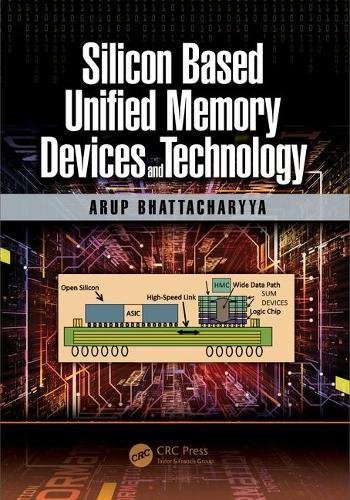

Most ebook files are in PDF format, so you can easily read them using various software such as Foxit Reader or directly on the Google Chrome browser.
Some ebook files are released by publishers in other formats such as .awz, .mobi, .epub, .fb2, etc. You may need to install specific software to read these formats on mobile/PC, such as Calibre.
Please read the tutorial at this link: https://ebookbell.com/faq
We offer FREE conversion to the popular formats you request; however, this may take some time. Therefore, right after payment, please email us, and we will try to provide the service as quickly as possible.
For some exceptional file formats or broken links (if any), please refrain from opening any disputes. Instead, email us first, and we will try to assist within a maximum of 6 hours.
EbookBell Team

5.0
68 reviewsThe primary focus of this book is on basic device concepts, memory cell design, and process technology integration. The first part provides in-depth coverage of conventional nonvolatile memory devices, stack structures from device physics, historical perspectives, and identifies limitations of conventional devices. The second part reviews advances made in reducing and/or eliminating existing limitations of NVM device parameters from the standpoint of device scalability, application extendibility, and reliability. The final part proposes multiple options of silicon based unified (nonvolatile) memory cell concepts and stack designs (SUMs). The book provides Industrial R&D personnel with the knowledge to drive the future memory technology with the established silicon FET-based establishments of their own. It explores application potentials of memory in areas such as robotics, avionics, health-industry, space vehicles, space sciences, bio-imaging, genetics etc.